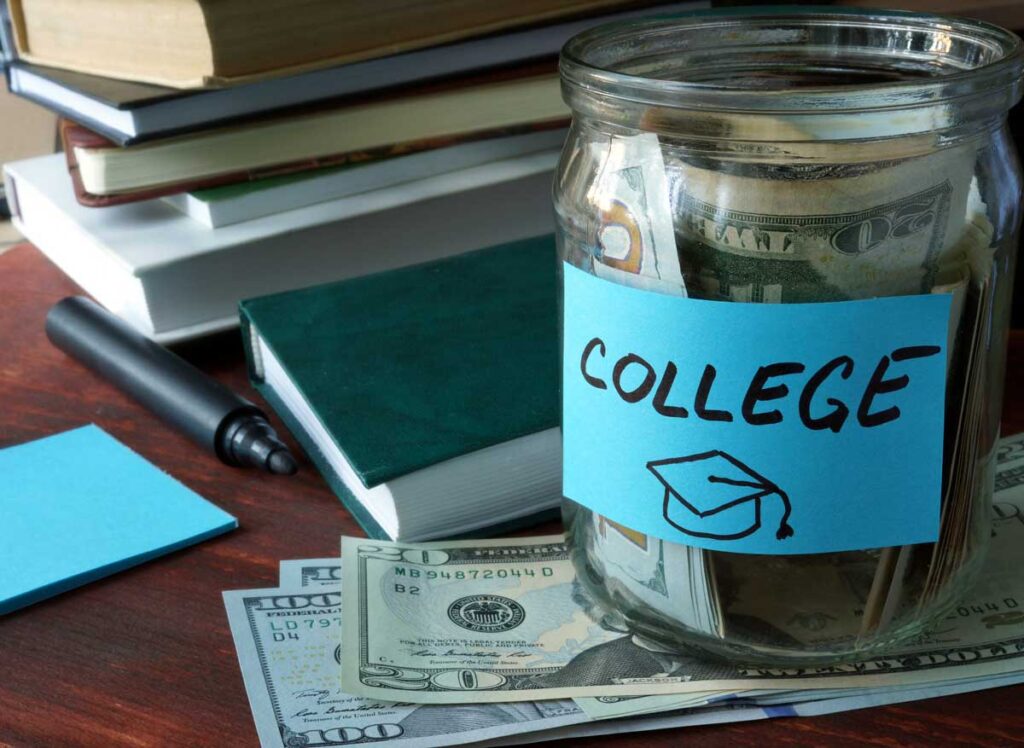Shortly after I published my article about Iowa’s legislature and governor approving a bill that will fund Education Savings Accounts (ESA’s) for students, the Wall Street Journal published an opinion piece about school choice written by former Florida governor Jeb Bush.
Governor Bush’s article touts the progress of states toward allowing school choice for K-12 students beginning with Florida’s charter school bill passed 25 years ago when he was governor. He adds that since then 31 states and Washington, DC and Puerto Rico have passed charter school bills.
The first universal ESA’s were approved by Arizona and West Virginia. By 2021, North Carolina, Mississippi, and Tennessee had approved plans limited to lower income or children with special needs and children in specific school districts. Mr. Bush writes that universal ESAs are a game changer. “They empower families to personalize their children’s education” allowing them to purchase online courses, extra books, tutoring, educational therapies, and even private school tuition. He notes that Utah passed a universal education savings plan for K-12 students a few days after Iowa’s universal plan was signed into law.
Mr. Bush writes that his home state, Florida, has proposed legislation to enact universal K-12 ESA’s. Mr. Bush writes that bills that would establish universal plans have been proposed in more than 12 states including Indiana, Ohio, New Hampshire, Texas, and Virginia.
Most of the school choice initiatives including charter schools and ESA’s have passed in states with a majority Republican legislature. In states like Maryland which holds more than a two-third’s majority of Democrat legislators, charter schools and ESAs are quite limited. Typically, the opposition is led by the teachers’ unions that argue that funding charter schools or ESA’s will remove funds from public schools and likely impact their future salaries.
The article about the Iowa universal ESA plan recently passed focused on the potential positive impact to its state’s private schools even though the $7,600 annual benefit was less than most private school tuitions. When I read through the ESA plans that have been approved, it appears to me that the beneficiary of these newer universal plans could be operators of virtual charter schools or online dual credit programs (partnerships between high schools and two-year colleges) because they are much less expensive than private schools in most states. I suggest that it’s possible that universal ESAs could have a negative effect on traditional private school enrollment if affordable options like online dual credit programs prove popular because they offer college credit that reduces the time and money it costs to earn a four-year degree. Universal ESAs give all parents more options for their children than they have had in the past. We’ll see which ones they choose.
It’s clear to me that Americans are becoming less satisfied with their educational options in K-12 and higher education. While the original battle lines in K-12 may have been with charter schools versus public schools, the universal ESA plans appear to have shifted those lines even more by providing a broader choice than attending a physical school that may look like the local public school. Enrollments in higher ed are declining, affected by alternative choices such as workforce training and certificates, online programs and degrees, and experiential learning as well as a declining traditional age demographic population. The education marketplace provides more affordable choices than ever before. Those options that are affordable and high quality will likely prevail over the next decade.











